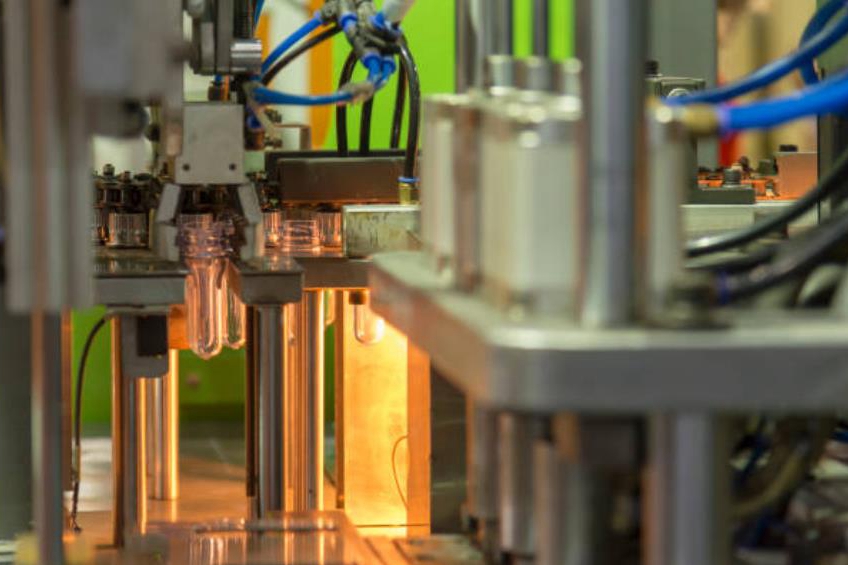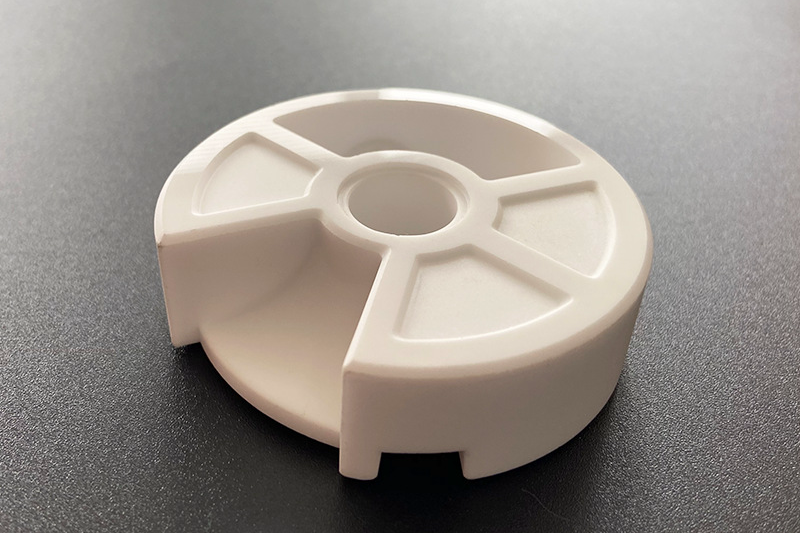For microplastic parts, what level of dimensional accuracy can you guarantee?
Precision Requirements for Micro-Scale Plastic Components
Microplastic parts—such as clips, gears, optical components, and micro-mechanisms—require extremely tight dimensional stability. At Neway, achievable accuracy depends on geometry, resin behavior, and chosen manufacturing route. We often validate concepts through prototyping services, then shift to production-representative methods, such as injection molding services or hybrid machining, to maintain micron-level tolerance consistency. For tool-dependent micro-features, we often combine molded blanks with precision CNC machining to achieve ultra-tight tolerances.
Accuracy Ranges Across Different Manufacturing Processes
Microplastic components produced through plastic injection molding typically achieve tolerances in the range of ±0.02–0.05 mm for small features. Engineering resins like PEEK or PBT maintain excellent dimensional repeatability when mold temperature, injection parameters, and shrinkage coefficients are precisely controlled. Transparent or optical-grade parts, made from polycarbonate (PC) or PMMA, typically exhibit the lowest warpage and the tightest feature definition. Micro-mechanism components requiring extreme tolerances can be finished or produced entirely through high-accuracy machining, delivering tolerances as tight as ±0.01 mm, depending on the part dimensions.
Material Influence on Dimensional Stability
Material selection greatly affects achievable accuracy. Rigid, low-shrink resins, such as ABS and nylon (PA), offer stable shrink behavior; however, moisture absorption in PA must be considered for micro-scale parts. For high-heat or precision-fit assemblies, engineered polymers such as Ultem (PEI) and PPS provide excellent dimensional reliability. Components requiring anti-static or thermally conductive behavior may incorporate hybrid materials through overmolding or insert molding while maintaining tight tolerances.
Surface Quality and Finishing Considerations
Microplastic parts often need precise surface preparation to ensure proper fit and function. Many prototypes are delivered with an as-machined finish for dimension checking, while optical or cosmetic micro-features may require micron-level finishing or a controlled painting process. For sensor housings and thermal micro-components, thermal coating improves heat stability without compromising dimensional accuracy.
Industry Examples and Tolerance Expectations
In the consumer electronics sector, micro-hinges and connector parts often require a repeatability of ±0.02 mm. For medical device components, such as microfluidic features or diagnostic housings, tolerances may range from ±0.01 to ±0.03 mm, depending on the resin and tooling precision. In telecommunication, micro-brackets and optical clip components require extremely tight tolerances to ensure assembly alignment and signal stability. Our process controls, metrology systems, and multi-step inspection workflows ensure parts meet these demanding requirements.



